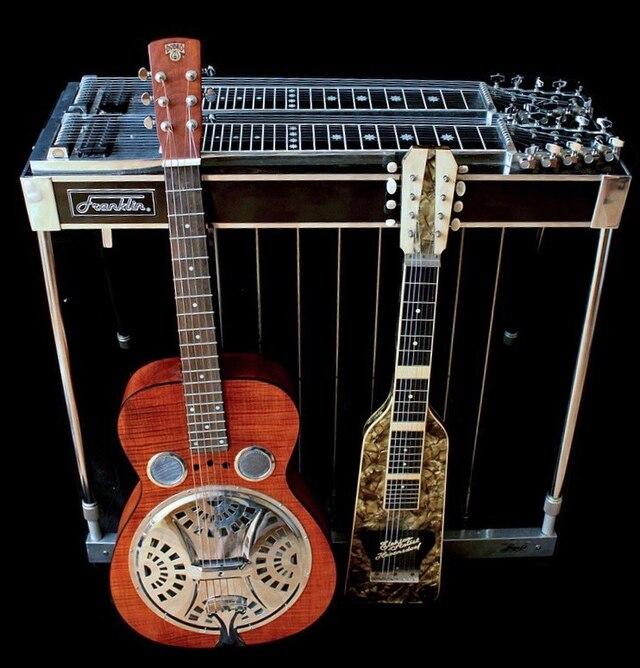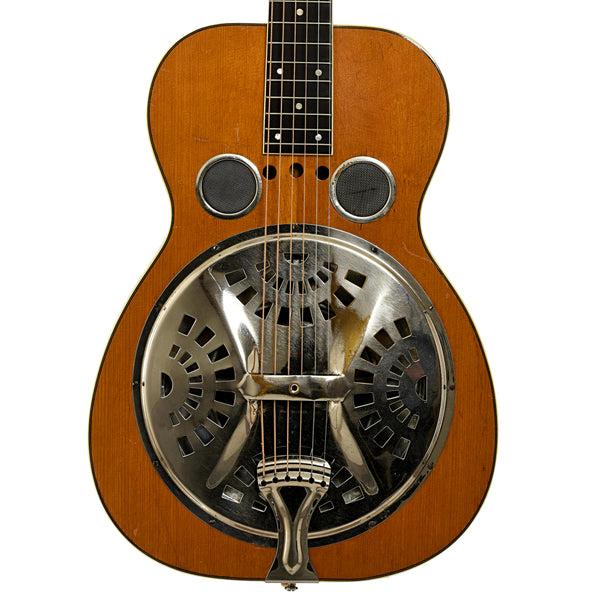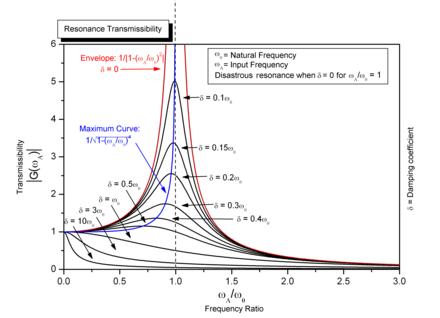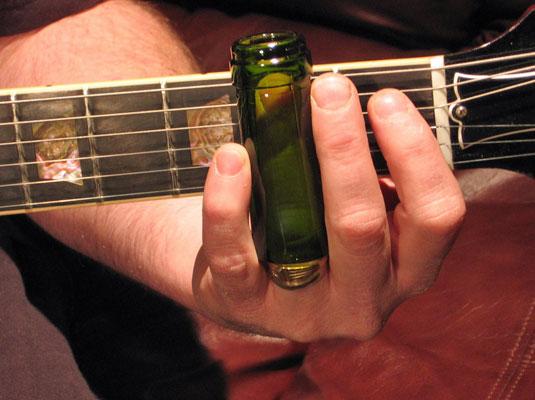It all began when I stumbled upon an unexpected rivalry—steel guitar vs dobro. This discovery sent me down a path that changed how I understood and appreciated music entirely. As a musician who has danced between the melodic whispers of steel strings and the distinct vocal quality of the dobro, I was drawn to unravel the enigma that separates these two captivating instruments. Realizing that what I thought to be subtle differences were actually profound distinctions captivated my curiosity. Both the steel guitar and the dobro have their own compelling stories and musical nuances. These differences lie not only in their structural design and sound characteristics but also in their playing techniques and the unique atmospheres they create. Join me as we delve into the intriguing world of string instruments, examining these fascinating differences and exploring why one might choose steel guitar over dobro, or vice versa.
What is a Steel Guitar?

As someone deeply immersed in the world of string instruments, I’ve always found the steel guitar to be a fascinating subject. Did you know the steel guitar’s unique construction allows for intricacies in sound that few other instruments can match? This revelation struck me during the early years of my journey in fingerstyle playing, where every nuance mattered. The steel guitar, often used in country music and Hawaiian tunes, owes its distinct sound to its construction and playing technique.
Instead of pressing strings against frets, you glide a steel bar across the strings, which creates those smooth, gliding notes that are simply mesmerizing. The body of the steel guitar is designed to maximize resonance, enhancing both sustain and tonal richness. I’ve often felt like it’s an instrument that sings, each note fluently sliding into the next, creating a seamless wave of sound. This allows for expressive capabilities that are hard to achieve with more conventional guitars.
My experiences have shown me that there’s a profound tie between the musician and the instrument, where the craftsmanship of the steel guitar complements the player’s emotions and style. This section of the article hopes to illuminate how these technical details contribute to a steel guitar’s magic, setting the stage for understanding how it compares to its cousin, the Dobro.
What is a Dobro?

When you hear the term “Dobro,” you might imagine a harmonious blend of twang and transcendence that characterizes so much of American music. But what exactly is a Dobro? Having spent years collaborating with resonator guitarists, I can attest to the fascinating role this instrument plays in the musical landscape. The Dobro is a type of resonator guitar, characterized by its distinctive method of sound amplification through one or more metal cones—or resonators—embedded in the body. Traditionally, Dobros are crafted from wood, and their sound is characterized by a warm, rich tonal quality that has captivated musicians across a variety of genres.
How does a resonator change the way we perceive a guitar’s voice? The Dobro offers a fascinating insight. Its resonator acts like a speaker, amplifying the strings’ vibrations acoustically and producing a sound distinct from both traditional acoustic and electric guitars. This unique voice brings a brilliant clarity and projection, making it the darling of bluegrass, country, and beyond.
My journeys alongside resonator guitarists have revealed that the Dobro isn’t just an instrument—it’s a conduit for storytelling through sound. Its ability to cut through a mix with shimmering highs and mellow mid-tones has influenced my own appreciation of the tonal palette offered by resonator guitars. Understanding the Dobro is to appreciate its transformative impact on music, illuminating textures that blend tradition with innovation.
How Do They Differ?
Sound Characteristics

What if I told you that the sound of a steel guitar is often described as ‘sweet,’ while the Dobro’s tone has a ‘squawky’ charm? This dichotomy is pivotal in understanding how their sound characteristics contribute uniquely to various musical genres. In my performances, I’ve consistently marveled at how the distinctive sound quality of each instrument shapes the listener’s experience. The steel guitar’s smooth and melodic tonality often finds its place in genres such as country, jazz, and Hawaiian music, allowing it to blend seamlessly with lush harmonies.
Conversely, the Dobro, with its resonant and sometimes slightly brash timbre, enriches bluegrass and blues with its palpable presence. Experiencing these instruments firsthand has shown me how their specific tonalities are not just results of their design but are integral in defining the essence of the music they accompany. These sound characteristics offer musicians like me a vibrant palette to draw from, enhancing our creative expression and emotional connection with the audience.
Performance and Playing Techniques

Can small differences in technique drastically change the overall sound? The answer lies in how musicians approach these instruments. When it comes to performance and playing techniques, the steel guitar and dobro offer unique challenges and opportunities, allowing musicians to explore different sonic landscapes.
In my experience, the key lies in the subtle nuances of technique. The steel guitar, often played with a slide and with strings laid horizontally, requires precision in hand coordination and the use of a steel bar to modulate pitch. This technique creates its characteristic glissando effects, evoking rich, emotive tones. Conversely, the dobro’s upright playing position lends itself to a distinct style, where precision fingerpicking and quick soundboard taps elicit vibrant, resonant tremolos.
Understanding these differences has deepened my appreciation for how these instruments shape musical genres. Each offers its own palette of sounds, highlighting how varied techniques can transform a performance. By adapting one’s approach, musicians can unlock the full expressive capabilities of both the steel guitar and the dobro, showcasing their unique qualities within any musical setting.
When to Use Each Instrument?

As someone who has spent years straddling the lines between genres and acoustic realms, I often find myself at an intersection of choice—deciding when to pick up a steel guitar or reach for a dobro. In the realm of music, timing is everything—so when should you choose a steel guitar over a dobro? It’s a question I’ve grappled with through countless sessions, each demanding its own unique tonal quality and stylistic approach.
Steel guitars, with their expansive sonic palette, tend to shine in Hawaiian music, country, and even rock settings where fluid slide techniques complement lush instrumental landscapes. My performances have often demanded that smooth and soaring sound, effortlessly adding emotional depth to a song. The steel guitar’s ability to merge seamlessly into these environments makes it my go-to for compositions rich with layered textures.
Meanwhile, the dobro’s distinct resonator voice, with its pronounced bark and bluesy undertones, brings a particular character that stands out in bluegrass and Americana. I’ve always felt that when my music needs that earthy, roots-driven vibe—something raw and immediate—the dobro speaks the language of authenticity that no other instrument can replicate. Choosing between them really depends on the narrative you wish to convey, a decision I continue to embrace with careful thought and consideration.
Why Choose One Over the Other?

When considering whether to choose a steel guitar or a Dobro for a particular musical piece, I often find myself asking: Is it simply a matter of preference, or do subtle differences in sound and feel make one instrument a better fit for a musical piece? This question isn’t just theoretical for me; it resonates with years of embracing the emotional and tonal impact each instrument can deliver. My journey through the realms of string instruments has taught me that the choice isn’t just about sound—it’s about the emotional narrative you wish to weave into the music.
For instance, the steel guitar offers a rich, sustained tone that fits seamlessly into styles like country or Hawaiian music, providing a smooth, flowing backdrop that can evoke a sense of nostalgia or tranquility. On the other hand, the resonator design of the Dobro gives it a brighter, more direct sound that is perfect when weaving intricate melodies in bluegrass or folk music. In my experience, it’s these nuanced differences that guide my decision-making process. Each note played on these instruments tells a different story, and choosing the right one can enhance the authenticity and emotional depth of a piece.
These insights stem from numerous sessions in studio environments and live performances, where making the right choice can transform a good song into a memorable experience. Understanding the distinctive voices of the steel guitar and Dobro allows me—and hopefully you—to select the right instrument that aligns with the musical piece’s intended emotional impact, ultimately enriching the storytelling through sound.
FAQs
What is a Steel Guitar?
A steel guitar is a type of guitar or the method of playing the guitar while using a steel bar instead of fingers to press the strings. It produces a distinctive, smooth sliding sound.
What is a Dobro?
A Dobro is a brand of resonator guitar, known for its iconic sound created by one or more spun metal cones instead of the traditional wooden soundboard. It is often used in bluegrass and country music.
How do the Steel Guitar and Dobro Differ in Construction?
The steel guitar can be electric or acoustic and is characterized by its horizontal playing position. The Dobro, on the other hand, is specifically an acoustic resonator guitar with a spider-cone resonator design.
What are the Primary Musical Styles for Each Instrument?
Steel guitars are predominantly used in Hawaiian, country, and blues music, while Dobros are key in bluegrass and country music due to their distinctive twangy tone.
Can the Playing Technique for Steel Guitar and Dobro Be Interchanged?
Both instruments utilize a slide technique; however, the steel guitar typically uses a horizontal bar slide, while the Dobro often employs a vertical slide. Each requires unique techniques and postures that are not entirely interchangeable.
Conclusion
Are you ready to appreciate the distinctive voices of steel guitars and dobros in your own musical journey? As I’ve delved into steel guitar and dobro, I’m reminded of their unique charm and historical significance. Understanding their differences — from construction to sound quality — enriches our approach to choosing the right instrument for specific musical contexts. While both share roots in the resonator family, the steel guitar’s smooth, continuous tones contrast vividly with the dobro’s more percussive and punchy timbre. Recognizing these characteristics allows each musician to harness the versatility and expressiveness inherent in these instruments. Throughout my exploration, I’ve developed a profound appreciation for how each resonates with its distinct voice. Whether it’s the ambient slides of a steel guitar or the twangy energy of a dobro, these instruments offer boundless possibilities that enrich the tapestry of our musical expressions.

Teja Gerken, a fingerstyle guitarist with a unique blend of folk, classical, jazz, and world music, has made significant contributions to the guitar world. Known for albums like ‘On My Way’ and ‘Postcards’, and as a co-founder of Peghead Nation, he brings his expertise from intimate venues to global stages. At Fretterverse, Gerken offers deep insights into diverse fingerstyle techniques and musical fusion.
